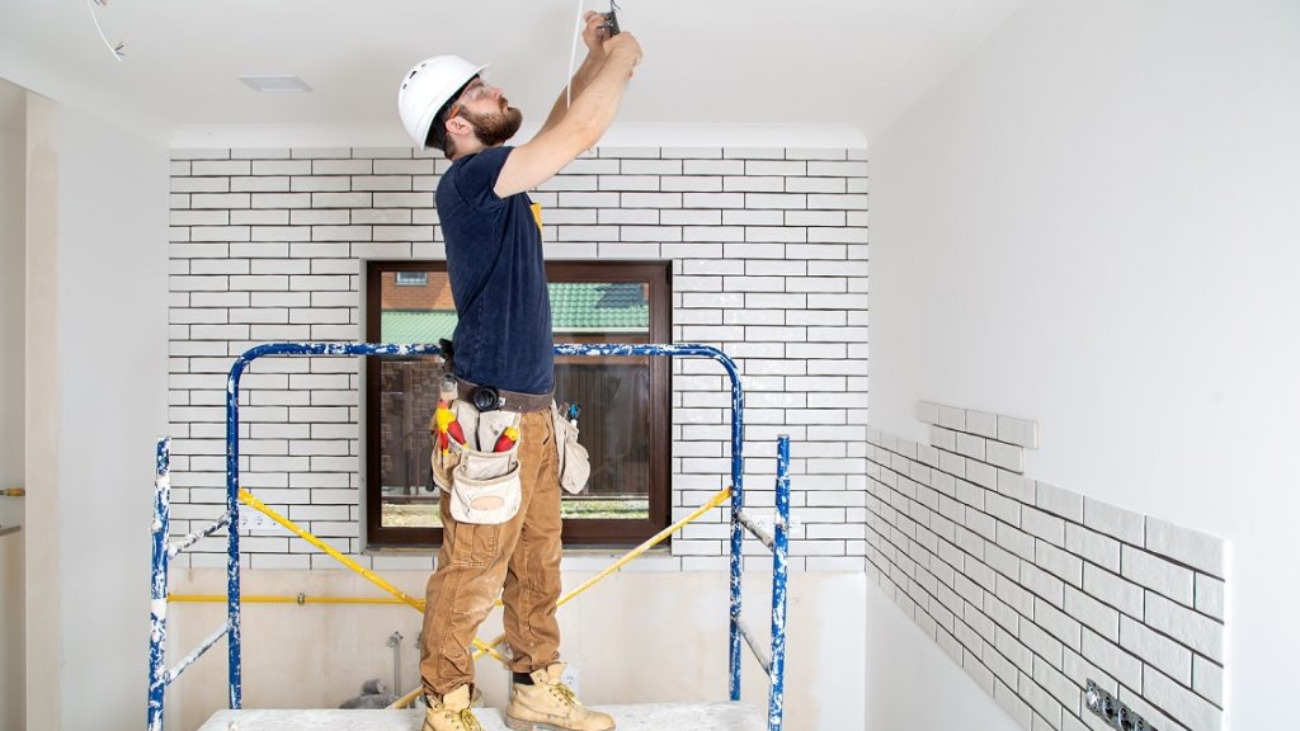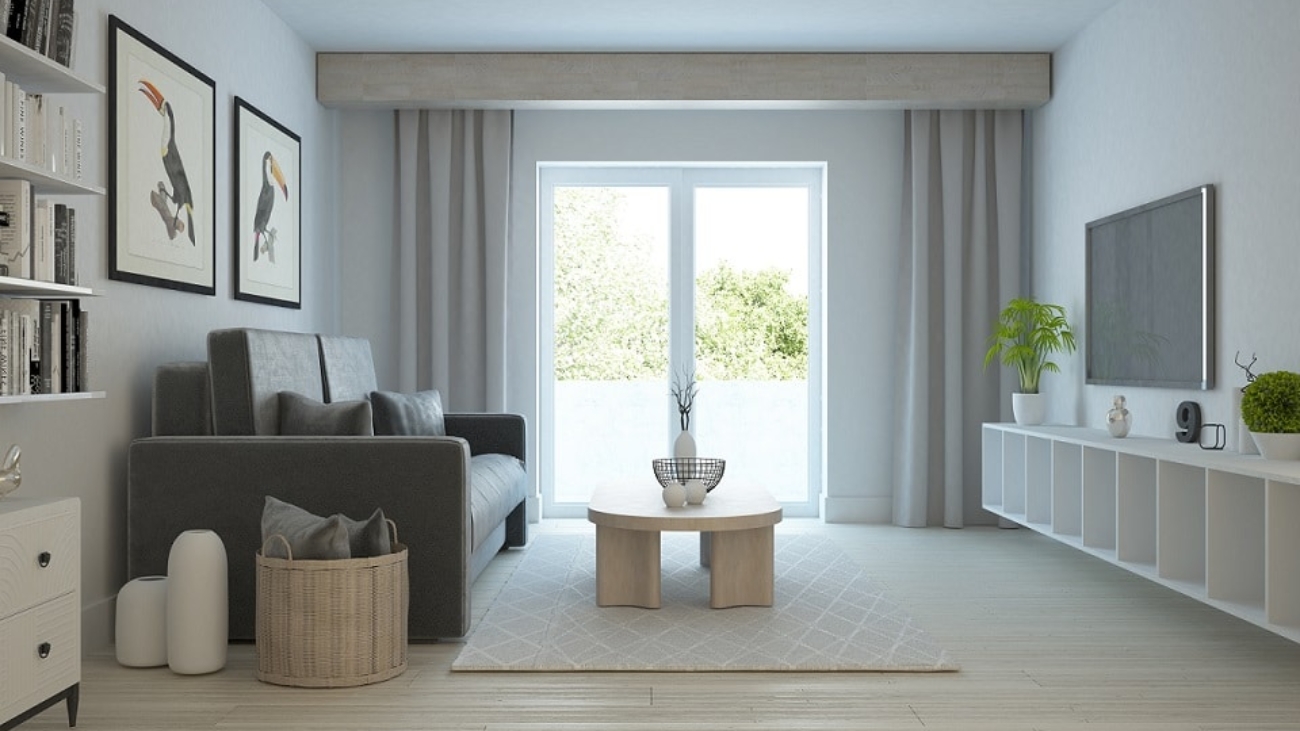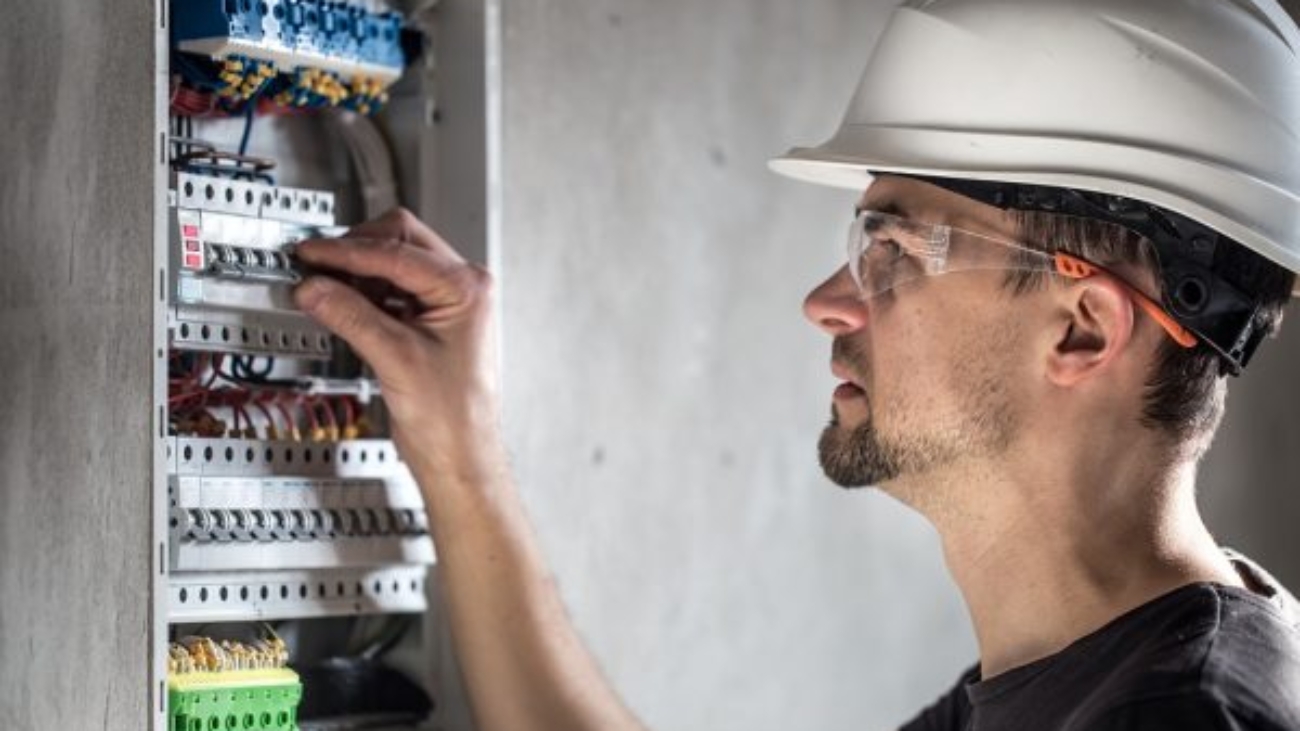
Apartment living is becoming increasingly popular, and with this comes the rise of apartment pets.
The property that you live in should not determine whether you have a pet.
But by following a few simple steps and rules, you will be able to live comfortably and enjoy your happiest lives with your animal companion.
Choose carefully
If you already have a pet and are moving to an apartment, it is important to choose your new place carefully.
Finding out whether pets are allowed is your first step, as some places may allow pets but not certain breeds.
It is also beneficial to look for nearby outdoor spaces for your pet to run around; whether the balcony is safe for pets; and, if you’re looking for a ground-floor apartment, make sure that there is no way they can escape.
On the other hand, if you’re currently in an apartment and want to get a pet, there are a few simple steps to follow.
Work out how much time they will spend alone in the apartment and base your decision on this. For example, if deciding on a canine, a smaller or less active dog may be the best option.
Adopting an older dog could also be your best bet, as they are most likely trained, are less active and are happy to spend some time alone.
Creating a safe space
Cats and dogs find it much easier to relax and feel safe when they have their own space, such as a corner of the apartment or even a little area next to the window – allowing them to see what’s going on in the big, wide world.
This space should have their bed, food and water, plus a few of their favourite toys — to allow them to feel as comfortable as possible.
Toilet training
Whether your pet is toilet trained or not, apartment life may be a little different for the first couple of weeks and therefore can affect their toilet habits – you may have some accidents early on.
Ensure there is a spot for them to do their business and that this is always available (keep this area clean and fresh, so it doesn’t deter them from going there).
Exercise is a must
Dogs love exercise and need it regularly to stay happy and healthy.
They also thrive off routine, which is why you should try to walk/exercise your pet at the same time every day. This will allow them to know when to expect their morning or evening walks and will give your dog something to look forward to each day.
When you exercise your pet, it should be up to them when they are done to expend all their energy and prevent them from channelling it in destructive ways.
Chewing up the furniture, your shoes or, worse, walls and fixtures, is counterproductive to pets’ lifestyles and yours.
Nearby dog parks are the best option as these allow them to socialise with other canines, as well as people. If you can’t manage to exercise them every day, consider hiring a dog walker.
To allow you and your pet to be comfortable with apartment living, prepare to be proactive in ensuring that their needs are met daily.
Following a routine of feeding, exercise and bedtime are the best way to get your pet to settle down to apartment living.
By following the simple steps above, you will be on the right track in no time.






























